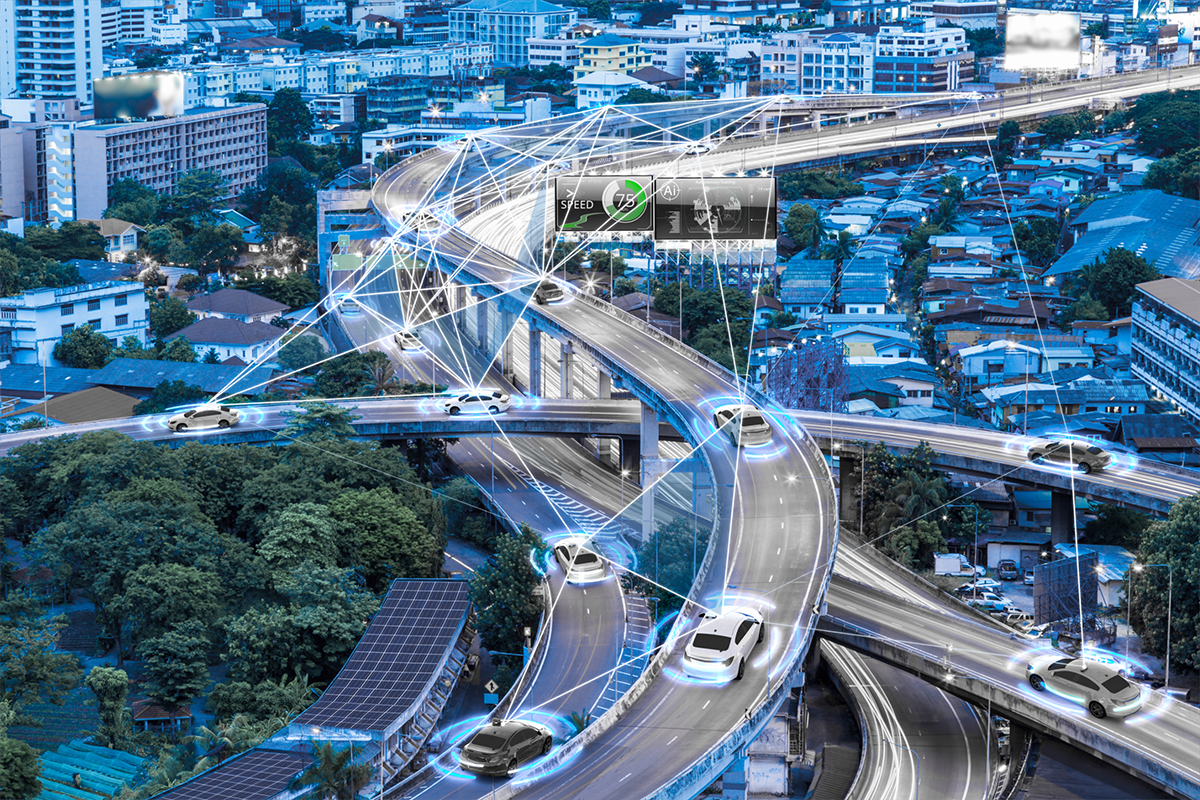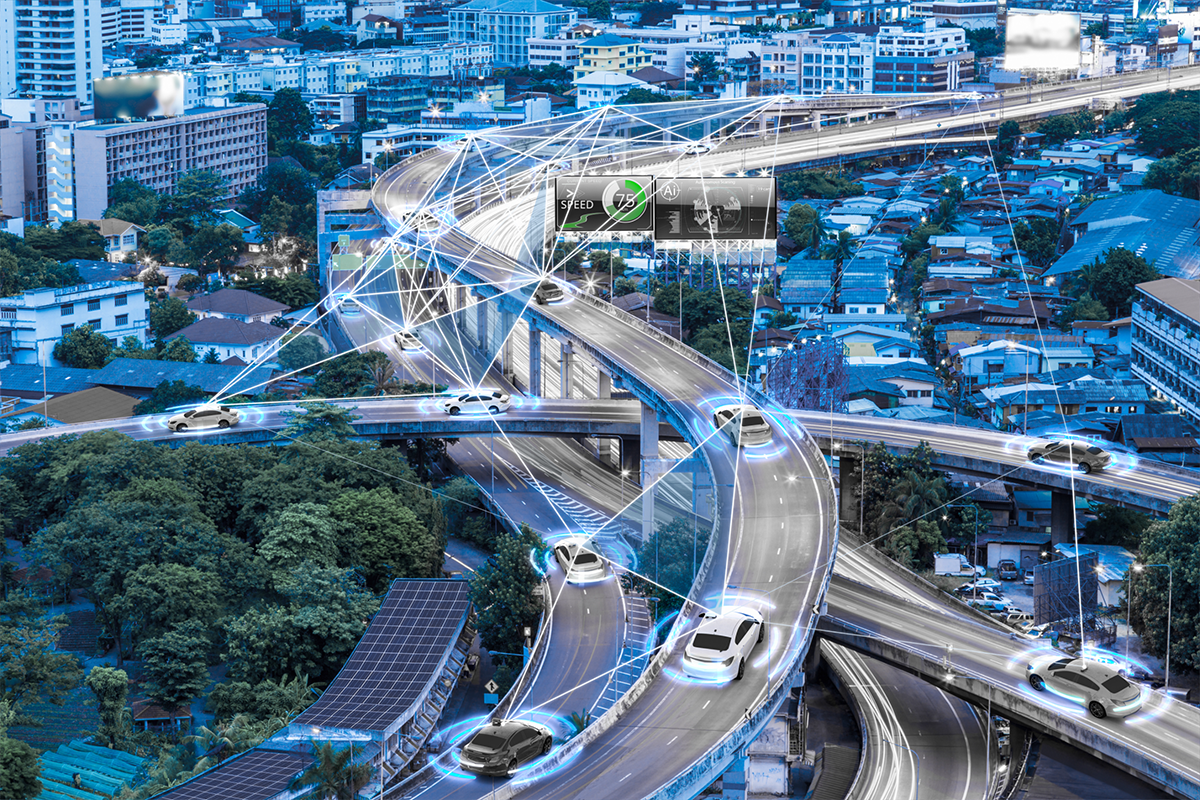
Modernizing the automotive industry: Creating a seamless customer experience
A customer-centric approach to digital modernization
As digital technologies like AI become ubiquitous, the automotive industry has an opportunity to respond to customer needs as they arise based on real-time collected data and insights.
Sayer offers an example of the dreaded service indicator light coming on. Typically, a customer would see the dashboard light and follow up with a mechanic to get a diagnostic code to classify the issue. But Sayer paints a picture of a connected vehicle that draws on data from a wide internet-connected ecosystem that provides a customer with a diagnosis of the issue via phone notification. Even further, a connected vehicle can reference service history to suggest and schedule a service appointment and find the most viable navigation route, offering customers even more convenience.
Connected vehicles provide OEMs insight into how customers are driving in real time and allow them to make faster adjustments to improve experiences and optimize their manufacturing processes.
“We can use the same cycle of test and get feedback, build further, optimize, improve, which is same cycle as the software industry has been using for years. Now we can use it with connected vehicles as well. And this truly enables us to be much closer to the customers in the automotive industry and work backwards from the customer if you wish,” explains Uvarova.
OEMs looking to modernize their processes and keep industry pace need to follow a customer-centric approach that tackles innovations working by backward from customer needs. This method looks to build innovations and solutions that meet specific issues identified by customer data and research. Built-in car features like music-syncing often become obsolete quickly because companies fail to imagine how they fit into a customer’s life and the existing technologies they favor.
But untapping the potential of digital technologies means also considering the privacy and security implications of having access to a 360-degree view of customer driving habits, application usage, maintenance, and service history. Governance and oversight are a critical component of implementing digital technologies.
“Just like any other data-driven, connected type of device, there is going to be data management implications across the board that perhaps haven’t been thought of previously, but will need to be addressed going forward,” says Sayer.
Reimagining approaches to innovation
The changes ushered in by digital technologies are forcing OEMs to rethink how they operate in all areas of business. To reimagine research and development, supply chains, and manufacturing, many companies are adopting a customer-first, data-driven mindset to incorporate advanced technology such as AI, machine learning, cloud and edge computing, and digital twins into both production and products.

